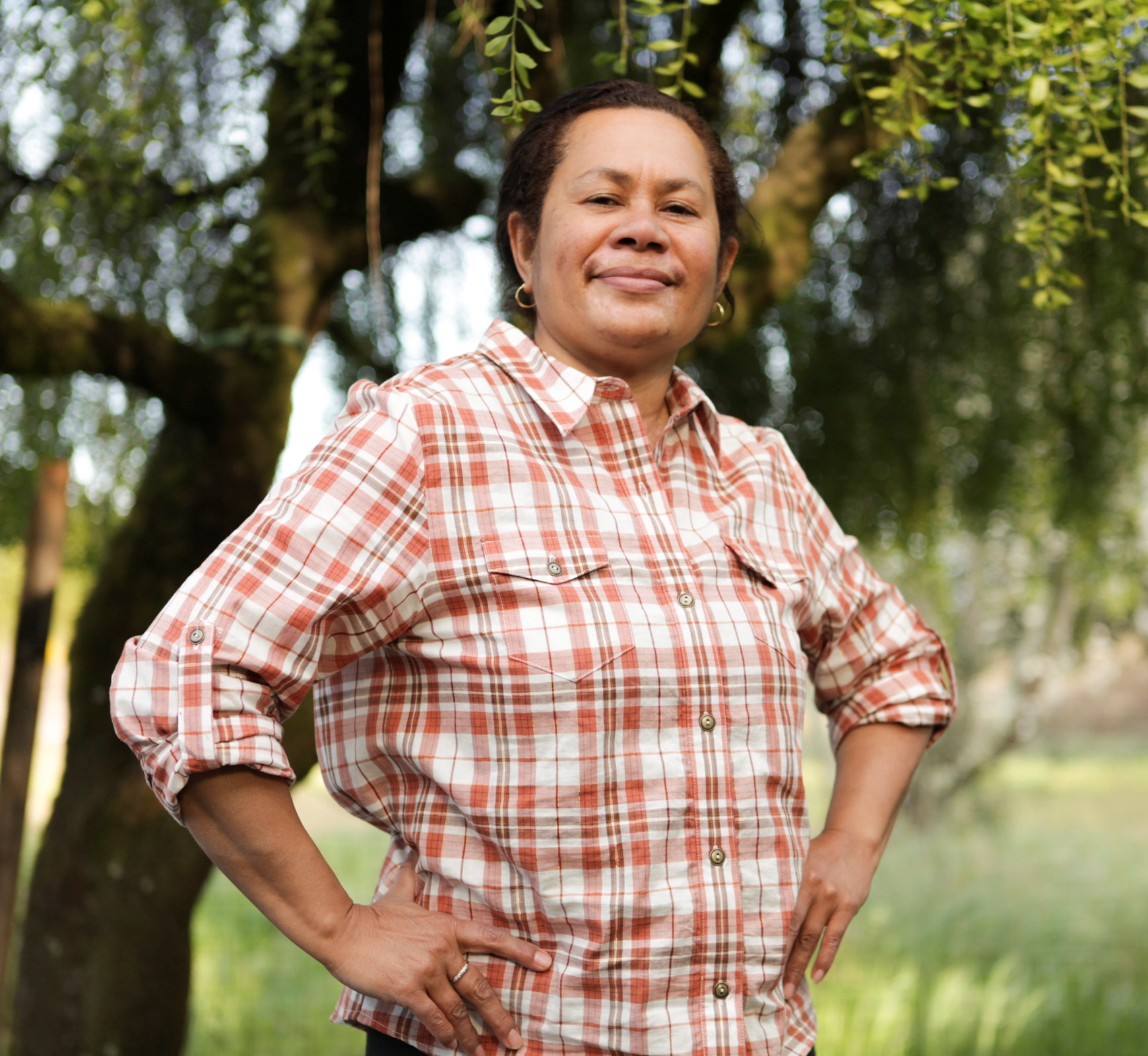Our country can’t succeed without equal pay for Latinas
Before the COVID-19 pandemic began in March 2020, the number of Latinas in the workforce was projected to increase by nine times more than white women over the next decade. This reality of increased workforce participation has not translated to gains in pay, however, as Hispanic women still make only 57 cents to every dollar made by a white man.

This is the reality we confront today, October 21, which is Latina Equal Pay Day. Today, Latinas caught up on the amount of money that non-Hispanic white men made in 2020, meaning that for every year that non-Hispanic white men work, Latinas must work an extra 10 months to make the same amount of money. The pandemic has made this disparity even more apparent.
Between February and April 2020 at the onset of the COVID-19 pandemic, the Latina unemployment rate went from nearly 5% to more than 20%. While the Latina unemployment rate has rebounded to 8.5%, Latinas continue to encounter structural barriers to equal pay. Latinas are overrepresented in low-wage jobs where the opportunities to work remotely are scarce or nonexistent, and even before the pandemic, largely lacked consistent access to paid sick or family leave, making it even more difficult if family members became ill with COVID-19—which many did, at a rate 1.7 times that of whites who also became ill with the virus.

Throughout the pandemic, Latinas have also left the workforce at higher rates than any other racial or ethnic group. Our report, Closing the Latina Wealth Gap, goes deeper on this issue, noting that Hispanic women are less likely to work than white women due to family responsibilities. In fact, more than six in 10 Latinas in our survey said that their familial responsibilities increased during the pandemic. Hispanic women are the most likely to say that they are reducing their hours or quitting their job in order to take care of their children.
In May 2021, 67% of Latinas ages 25-54 were in the workforce, compared to 71% pre-pandemic, representing a 4% drop in employment. This means that during the pandemic up until that period, 465,000 Latinas exited the workforce. Latinas were also more than twice as likely as white women (49% vs. 24%) to have wiped out their savings during the pandemic, further decimating their household wealth.

Even those Latinas who own their own businesses are low-earners, and only one in 10 reported that they had enough cash to last six months beyond the pandemic. It’s also important to note that twice as many Latina-owned businesses have closed during the pandemic (30%) than those owned by Hispanic men (16%), and closures outstrip those by white business owners (white women – 23%, white men – 18%).
As a report from UCLA’s Latino Policy & Politics Initiative explains, Latinas were heavily concentrated in industries like service and hospitality that suffered heavy losses during the initial COVID-19 shutdowns and that are currently struggling to rebound to pre-pandemic levels. However, even in industries that require more education and credentials, Latinas still deal with a pay gap—an issue that American society will have to reckon with—pandemic or no pandemic.
To learn more, read UnidosUS’s report Closing the Latina Wealth Gap here.**
*This report lists the Latina pay gap as 55 cents to every dollar earned by a white man. The figure has since been updated to 57 cents.



